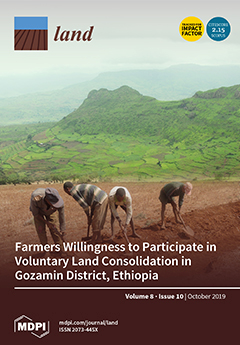Resource information
Based on cointegration analysis, a vector error correction model (VECM), and the impulse response function method, this paper empirically analyses the interaction among urban expansion, economic development, and population growth in China from 1980 to 2016. The results show that (I) there is a long-term equilibrium relationship among urban expansion, economic development and population growth, but there is an imbalance in the short term. When urban expansion deviates from the long-term equilibrium, it cannot be restored to equilibrium in the short term. However, when economic development and population growth deviate from equilibrium, they will adjust back to equilibrium with strengths of −0.1770 and −0.0217, respectively. (II) From the results of the impulse response, there is an interactive statistical relationship between urban expansion, economic development, and population growth; In the short term, both economic development and population growth will cause urban expansion. In the long term, economic development will inhibit urban expansion, and economic development will be less dependent on land. Also, population growth has a long-lasting positive effect on urban expansion. (III) The results of variance decomposition show that urban expansion and economic development were most affected by the structural impact of population growth, and the relative variance contribution (RVC) rate was stable at 29.2% and 42%, respectively. However, economic development contributes the least to the RVC of urban expansion and population growth, and only stabilizes at 12.3% and 8.0% after 30 periods. Finally, the paper proposes that the Chinese government should maintain stable and healthy economic growth and promote sustainable land use in terms of improving land use efficiency, improving human capital levels, and promoting industrial structure.


